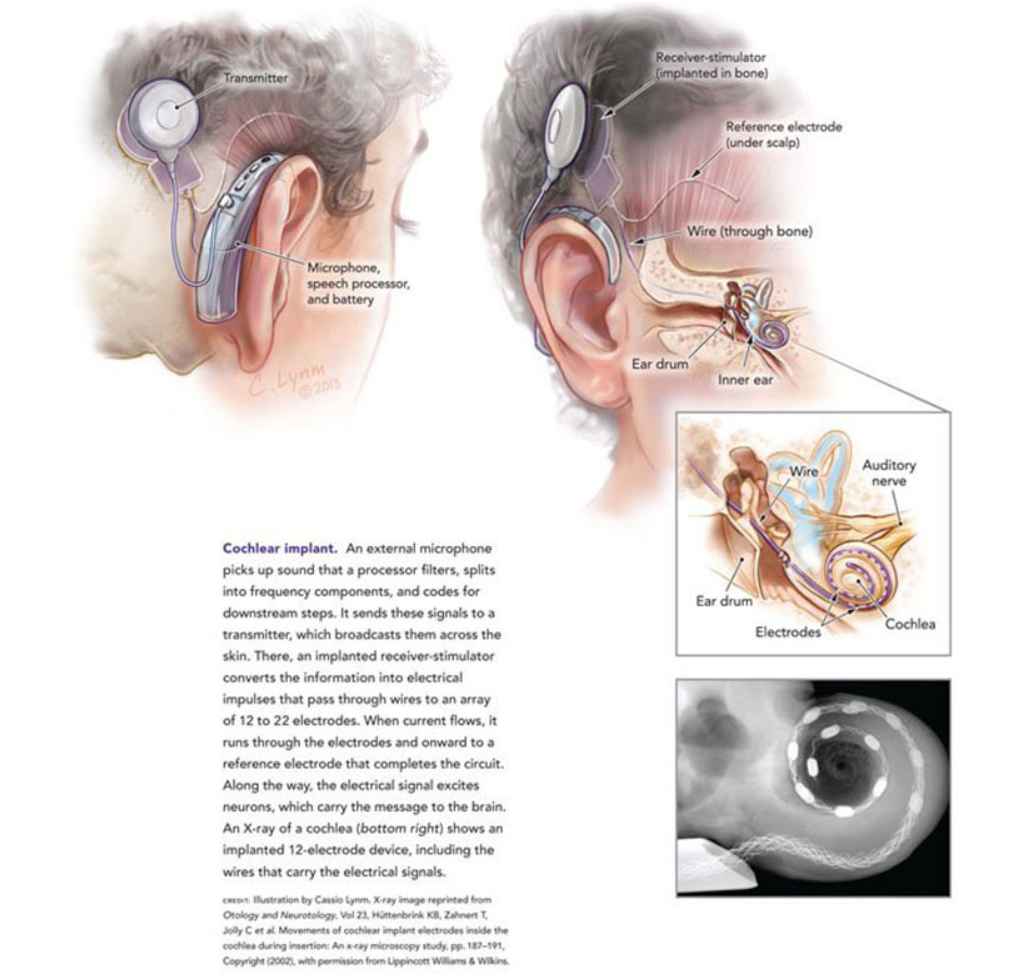Nathaniel Liberman has left an indelible mark on the world of medical technology through his pioneering work on cochlear implants. His contributions have transformed the lives of individuals with severe hearing loss, allowing them to experience sound in ways previously thought impossible.
Early Life and Education
Nathaniel Liberman's journey into the realm of audiology and medical technology began with a deep-rooted passion for helping those with hearing impairments. He earned his Ph.D. in Electrical Engineering and Computer Science, which provided him with a strong foundation to explore the complex interplay between technology and human physiology.
The Development of Cochlear Implants
Liberman's most significant contribution is his work on cochlear implants, electronic devices that provide a sense of sound to individuals who are profoundly deaf or severely hard of hearing. Unlike traditional hearing aids, which amplify sound, cochlear implants bypass damaged parts of the ear and directly stimulate the auditory nerve, allowing the brain to perceive sound.
How Cochlear Implants Work
Cochlear implants consist of two main components: an external processor and an internal implant. The external processor, worn behind the ear, captures sound from the environment, processes it, and converts it into digital signals. These signals are then transmitted to the internal implant, which is surgically placed under the skin. The implant stimulates the auditory nerve, sending signals to the brain that are interpreted as sound.

Innovative Techniques and Advancements
Liberman's innovations have focused on improving the quality and effectiveness of cochlear implants. He has developed advanced signal processing algorithms that enhance sound clarity and speech recognition, making it easier for users to understand conversations in noisy environments. Additionally, his work has led to the miniaturization of implant components, reducing the invasiveness of the surgical procedure and improving overall user comfort.
Impact on the Hearing Impaired Community
The impact of Liberman's work on the hearing impaired community cannot be overstated. Cochlear implants have provided thousands of individuals with the ability to hear, significantly enhancing their quality of life. Children born with severe hearing loss can develop language skills and integrate into mainstream education, while adults who have lost their hearing can regain the ability to communicate with loved ones and engage more fully in society.
Recognition and Legacy
Nathaniel Liberman's contributions have been widely recognized within the medical and scientific communities. He has received numerous awards for his work, including prestigious honors from audiology and engineering societies. His research has been published in leading journals, and he is frequently invited to speak at conferences worldwide, sharing his insights and advancements with peers and practitioners.
Looking Forward: The Future of Cochlear Implants
As technology continues to advance, the future of cochlear implants looks promising. Researchers, inspired by Liberman's work, are exploring new materials and techniques to further improve the functionality and accessibility of these devices. Innovations such as wireless charging, enhanced connectivity with smart devices, and improved sound processing capabilities are on the horizon, promising to make cochlear implants even more effective and user-friendly.
Conclusion
Nathaniel Liberman's pioneering work in the field of cochlear implants has had a profound impact on the lives of individuals with severe hearing loss. Through his innovative techniques and relentless dedication, he has helped to break down the barriers of silence, allowing countless people to experience the joy of sound. Liberman's legacy as an innovator and humanitarian continues to inspire advancements in medical technology, offering hope and improved quality of life to future generations.